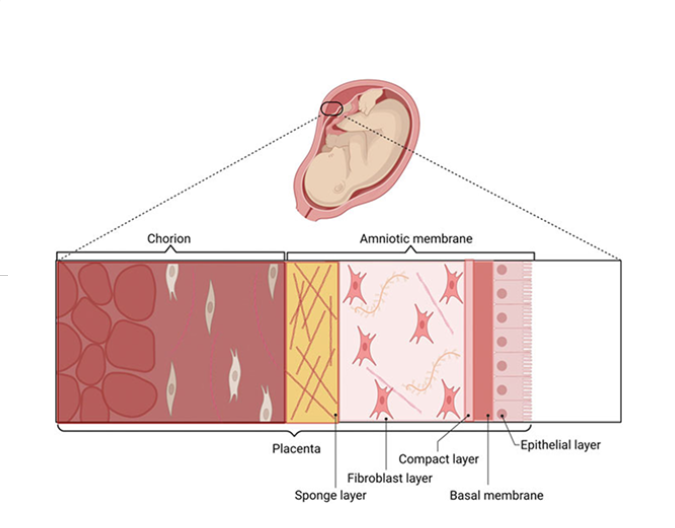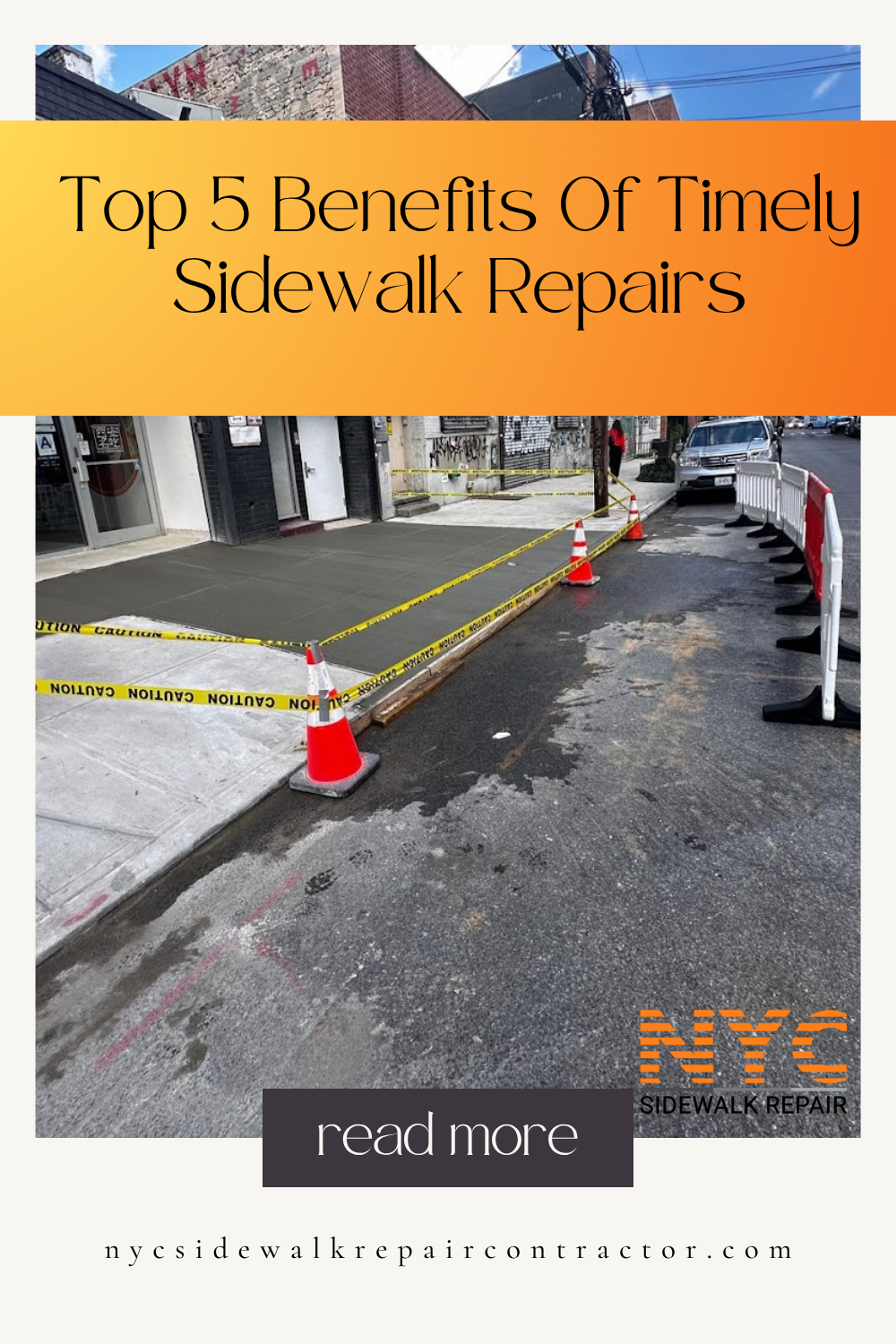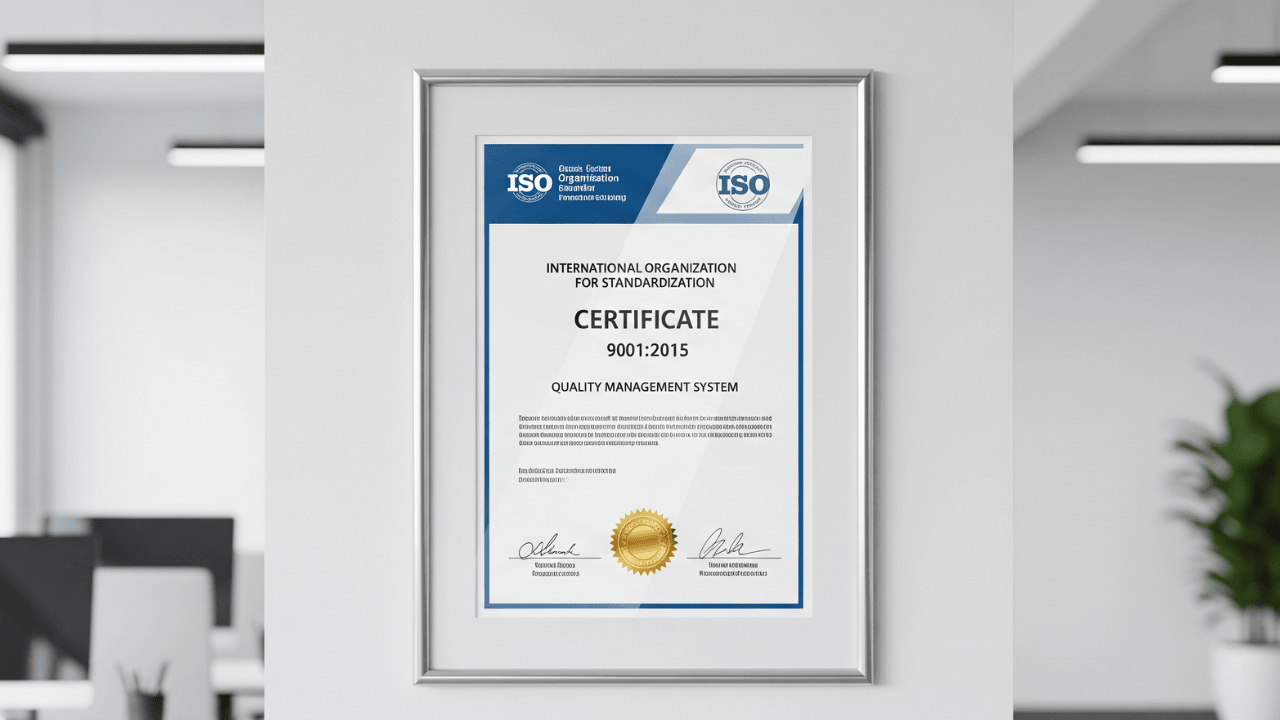Medical Scribing in Outpatient Clinics vs. Emergency Rooms: Key Differences

Medical scribing has become an essential part of modern healthcare, helping physicians reduce administrative burdens while improving documentation accuracy. However, the role of a scribe can vary significantly depending on the setting. Outpatient clinics and emergency rooms (ERs) present two very different environments—each with unique demands, workflows, and benefits.
Understanding the key differences between medical scribing in outpatient clinics vs. emergency rooms can help hospitals, clinics, and providers choose the right model for their needs.
The Outpatient Clinic Environment
Outpatient clinics are designed for scheduled, non-emergency visits where patients receive care for chronic conditions, follow-ups, or preventive services. In this setting, an outpatient medical scribe supports physicians by:
-
Documenting detailed patient histories and physical exams
-
Recording treatment plans and follow-up recommendations
-
Entering test orders and lab results into the EMR
-
Ensuring accurate coding and compliance for billing
Because outpatient visits are generally scheduled and predictable, scribes can work in a structured, steady-paced environment. They often develop long-term familiarity with recurring patients, which allows for more consistent documentation and deeper support for physicians.
Key Benefits in Outpatient Clinics:
-
Improved documentation quality for chronic disease management
-
More face-to-face time between physician and patient
-
Streamlined follow-ups and care coordination
-
Higher patient satisfaction due to better communication
The Emergency Room Environment
Emergency rooms are vastly different from outpatient clinics. They deal with unscheduled, urgent, and often critical cases. An emergency room medical scribe must adapt quickly to the unpredictable nature of patient care. Their responsibilities include:
-
Rapidly documenting patient encounters as they unfold
-
Recording diagnostic tests, imaging results, and immediate treatments
-
Capturing dynamic updates to patient status in real time
-
Assisting with documentation during high-volume surges or trauma cases
Unlike in outpatient clinics, ER scribes work in a high-pressure, fast-paced setting where accuracy and speed are equally important. They play a crucial role in helping physicians stay focused on critical decision-making rather than being bogged down by charting.
Key Benefits in Emergency Rooms:
-
Faster documentation in high-acuity cases
-
Reduced patient wait times and improved throughput
-
More accurate records during urgent and complex encounters
-
Relief for physicians working in high-stress environments
Comparing the Two Roles
| Aspect | Outpatient Clinics | Emergency Rooms |
|---|---|---|
| Pace of Work | Steady and predictable | Fast-paced and unpredictable |
| Patient Type | Scheduled, chronic, or preventive care | Unscheduled, urgent, or critical cases |
| Scribe Focus | Comprehensive documentation, follow-ups, coding support | Real-time updates, acute care documentation |
| Environment | Structured and routine | Dynamic and high-pressure |
| Physician Support | Enhances long-term care quality | Improves speed, accuracy, and efficiency under pressure |
Choosing the Right Scribing Model
Both outpatient clinics and emergency rooms benefit greatly from medical scribes, but in different ways. Outpatient settings gain from more thorough documentation and improved patient communication, while ERs depend on scribes for speed, accuracy, and physician support during high-stakes encounters.
Hospitals and healthcare organizations should evaluate their patient volume, specialty demands, and physician workload when deciding on the right scribing solution.
Final Thoughts
Medical scribing is not a one-size-fits-all solution. The role adapts to the environment, whether it’s supporting the continuity of care in an outpatient clinic or enabling fast, accurate documentation in an emergency room. In both settings, however, the end goal remains the same: helping physicians focus more on patients and less on paperwork.







